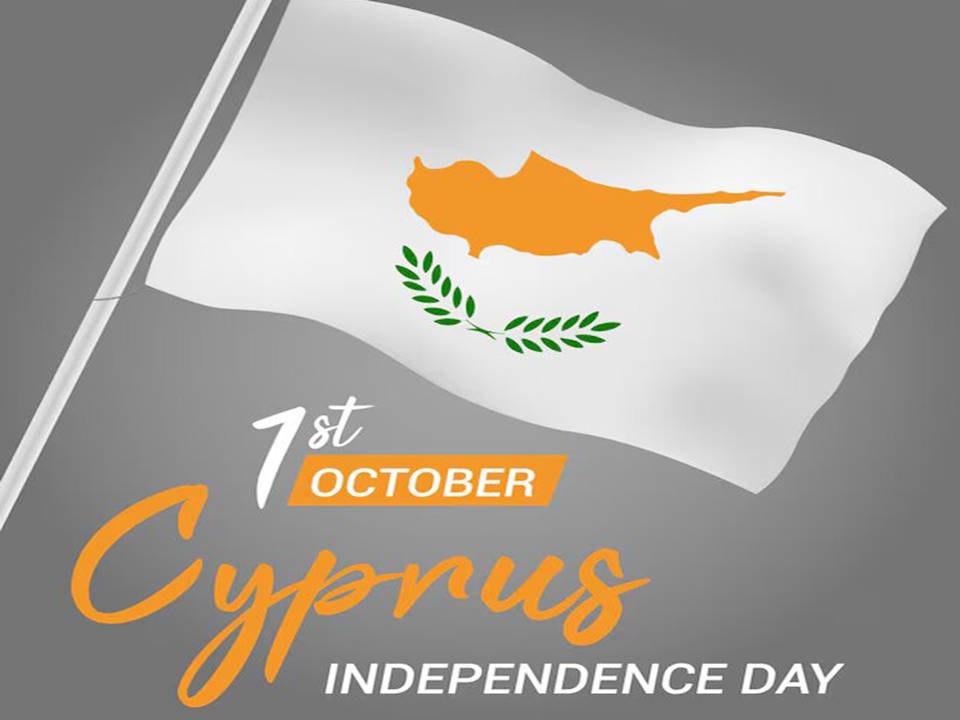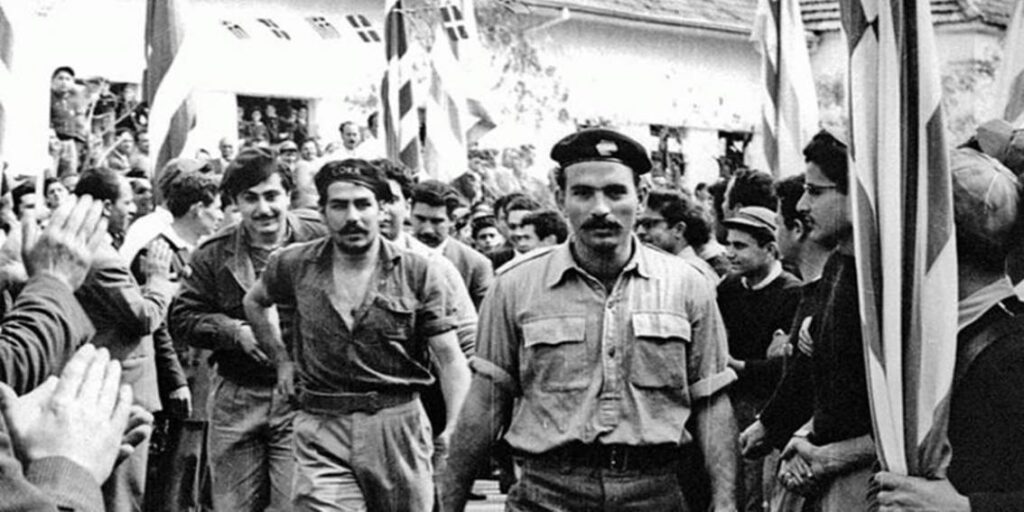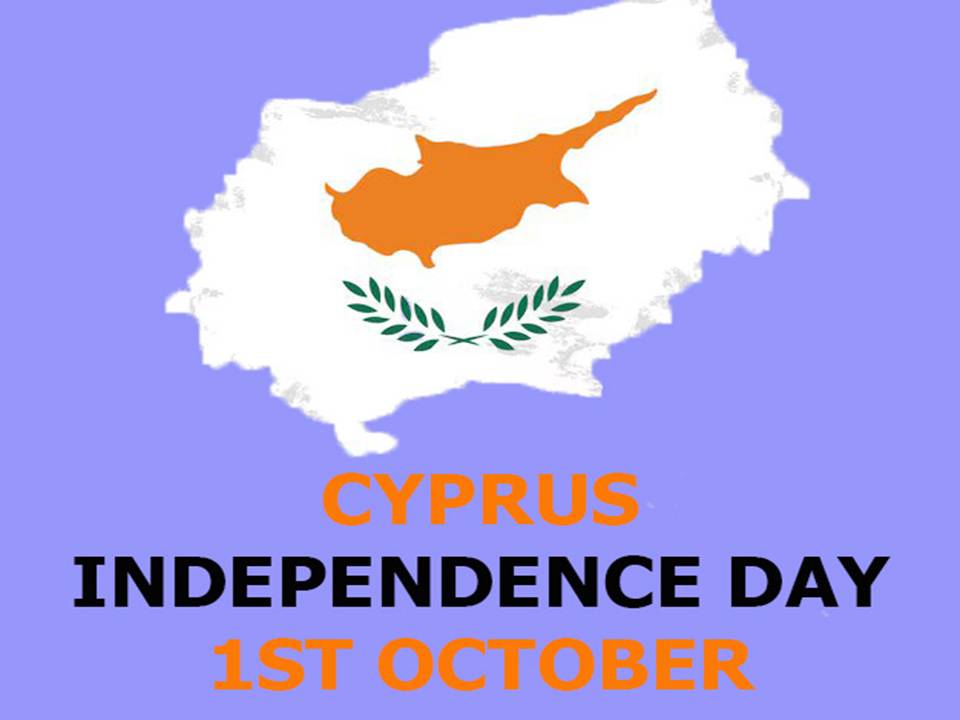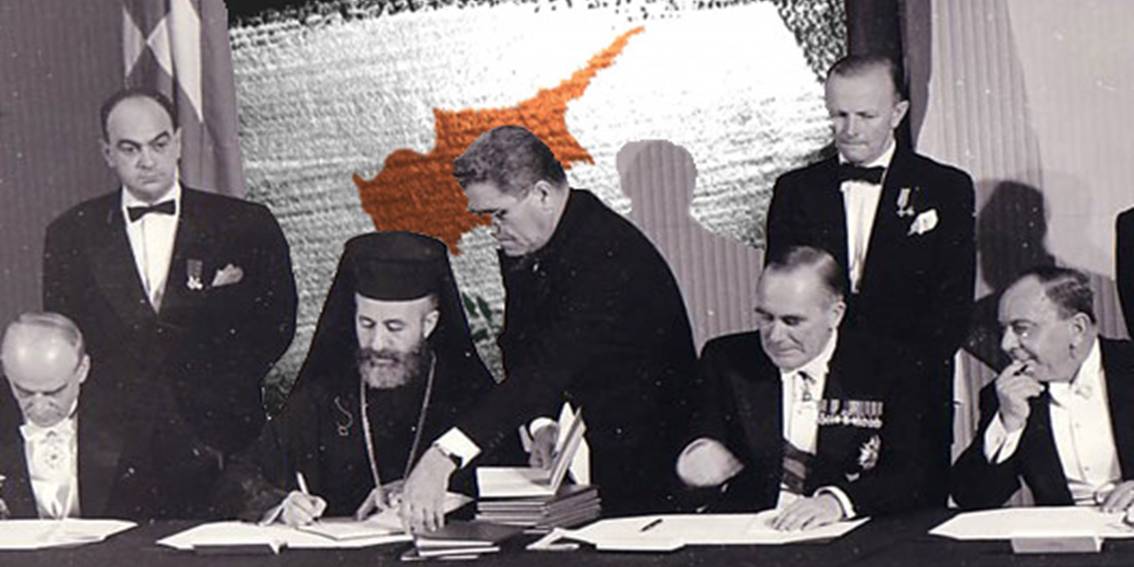Introduction
Cyprus celebrates its Independence Day on October 1st every year. This national holiday marks the island’s liberation from British colonial rule in 1960. Citizens across the country honour this day with parades, ceremonies, and various cultural events. The journey to independence was long and challenging, but the people of Cyprus remained determined to achieve self-rule.
The Struggle for Independence
During the late 19th and early 20th centuries, Cyprus remained under British administration. Many Cypriots, however, aspired to unite with Greece, a movement known as Enosis. The British authorities rejected these demands, leading to increased tensions and unrest.
In the 1950s, the National Organization of Cypriot Fighters (EOKA) launched an armed resistance against British rule. The group, led by General Georgios Grivas, carried out military operations to push for independence. These efforts resulted in widespread violence and political instability.
The Road to Freedom
Negotiations between the British government, Greece, and Turkey intensified in the late 1950s. Finally, in 1959, the Zurich and London Agreements established the foundation for Cyprus’s independence. The agreements, signed by representatives from Greece, Turkey, Britain, and Cyprus, set the terms for a new republic.
On August 16, 1960, Cyprus officially gained independence. However, the nation chose to celebrate its Independence Day on October 1st each year.

Archbishop Makarios III became the first President of Cyprus, and Dr. Fazıl Küçük took office as the Vice President, representing the Greek and Turkish communities, respectively.
Celebrations and Traditions
Cyprus marks Independence Day with grand celebrations across the island. Government officials, military personnel, and citizens participate in parades and ceremonies. Schools and organizations host special events to educate young people about the country’s history.
The main parade takes place in Nicosia, the capital city. The President and other dignitaries attend the event, where military units showcase their strength and discipline. Traditional dances, music performances, and fireworks displays add to the festive atmosphere.

Political and Social Impact
Cyprus’s independence brought both opportunities and challenges. The new republic established its constitution, ensuring representation for both Greek and Turkish Cypriots. However, internal conflicts soon emerged, leading to political instability.
Tensions between the two communities escalated, resulting in violence during the 1960s and 1970s. In 1974, a coup backed by the Greek military junta led to Turkey’s intervention. This event caused the division of the island, with the northern part under Turkish control and the southern part remaining under the Republic of Cyprus. The situation remains unresolved, but efforts toward reunification continue.
Cyprus Today
Despite historical challenges, Cyprus has developed into a prosperous nation. The country joined the European Union in 2004, strengthening its economic and diplomatic position. Tourism, shipping, and financial services contribute significantly to the national economy.
Independence Day serves as a reminder of the country’s resilience and unity. Cypriots reflect on their past struggles while looking toward a future of peace

and cooperation. The celebrations foster national pride and reinforce the importance of preserving Cyprus’s rich cultural heritage.
Conclusion
Cyprus Independence Day holds deep historical significance. The road to freedom required sacrifices, determination, and perseverance. Every October 1st, Cypriots honour their nation’s hard-earned sovereignty. As the country continues to grow, this day remains a symbol of national pride and unity, reminding future generations of the importance of independence and self-determination.


